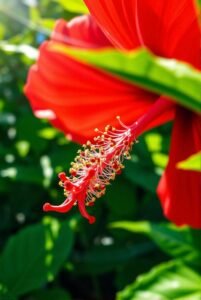There’s nothing quite like the delicate fragrance of lavender filling your garden, but transforming those beautiful purple blooms into usable lavender for crafts, culinary creations, or soothing sachets requires more than simply snipping away. Harvesting lavender at the optimal time and using the proper techniques is crucial for preserving its potent aroma and beautiful color. This is where our expert guide comes in.
If you’re ready to unlock the secrets to harvesting this versatile herb, you’ve come to the right place! In this article, we’ll equip you with seventeen killer tips that will elevate your lavender harvesting from amateur to expert. Whether you’re a seasoned gardener or just starting out, these techniques will ensure you get the most out of your lavender plants, maximizing yield and quality. We’ll cover everything from the ideal time to harvest to the best tools and drying methods.
Get ready to transform your lavender harvest into something truly special! Let’s dive into our seventeen expert tips to ensure your lavender is perfectly preserved and ready for use in all your favorite projects.
Timing Your Lavender Harvest for Peak Fragrance

Timing is everything when it comes to harvesting lavender. The ideal time is when the plant is in full bloom, usually in mid-summer. Look for the majority of the buds to be open, but before the flowers start to dry out and lose their color. This ensures the highest concentration of essential oils and the best fragrance.
Harvesting too early will result in a lower yield and less potent essential oils. Harvesting too late will mean the flowers are past their prime, resulting in a less fragrant and less vibrant product. Observe your plants carefully; the subtle changes in color and texture will guide you to the perfect moment for harvest.
Gentle Harvesting Techniques for Abundant Growth
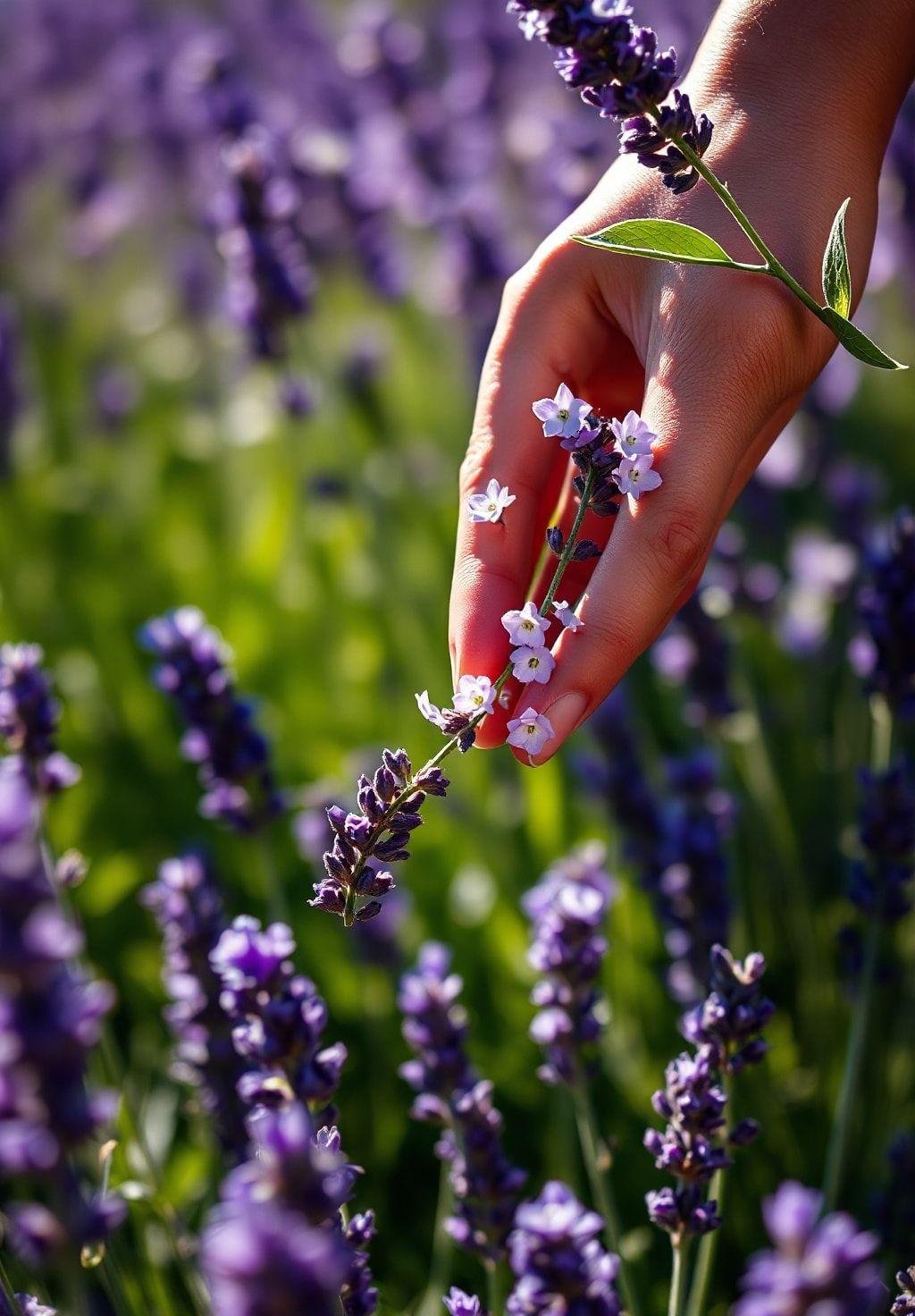
Handle your lavender plants with care during harvesting to avoid damaging them. Gently pinch or cut the stems, aiming for about one-third of the plant’s height. This encourages bushier growth and a more abundant harvest in the future. Avoid pulling or tugging at the stems, as this can damage the roots and negatively impact the plant’s health.
Using sharp, clean pruning shears or scissors is crucial for a clean cut, minimizing the risk of damaging the delicate stems and buds. Always disinfect your tools between uses to prevent the spread of diseases. If you are harvesting a large quantity, consider using a small sickle or curved knife for more efficiency.
Whole Stems vs. Flower Heads: Choosing Your Harvest Method

Decide whether you need whole stems or just the flower heads for your intended use. If you’re making lavender bundles or sachets, harvesting whole stems is ideal. The stems add visual appeal and maintain the flower’s structure. For use in culinary applications or essential oil production, separating the flower heads might be preferable.
When harvesting only the flower heads, use your fingers or small scissors to carefully remove them from the stems. Be gentle to avoid bruising the delicate flowers. This method is more time-consuming but yields a higher concentration of essential oils per unit of harvested material.
Drying Lavender for Optimal Fragrance Retention
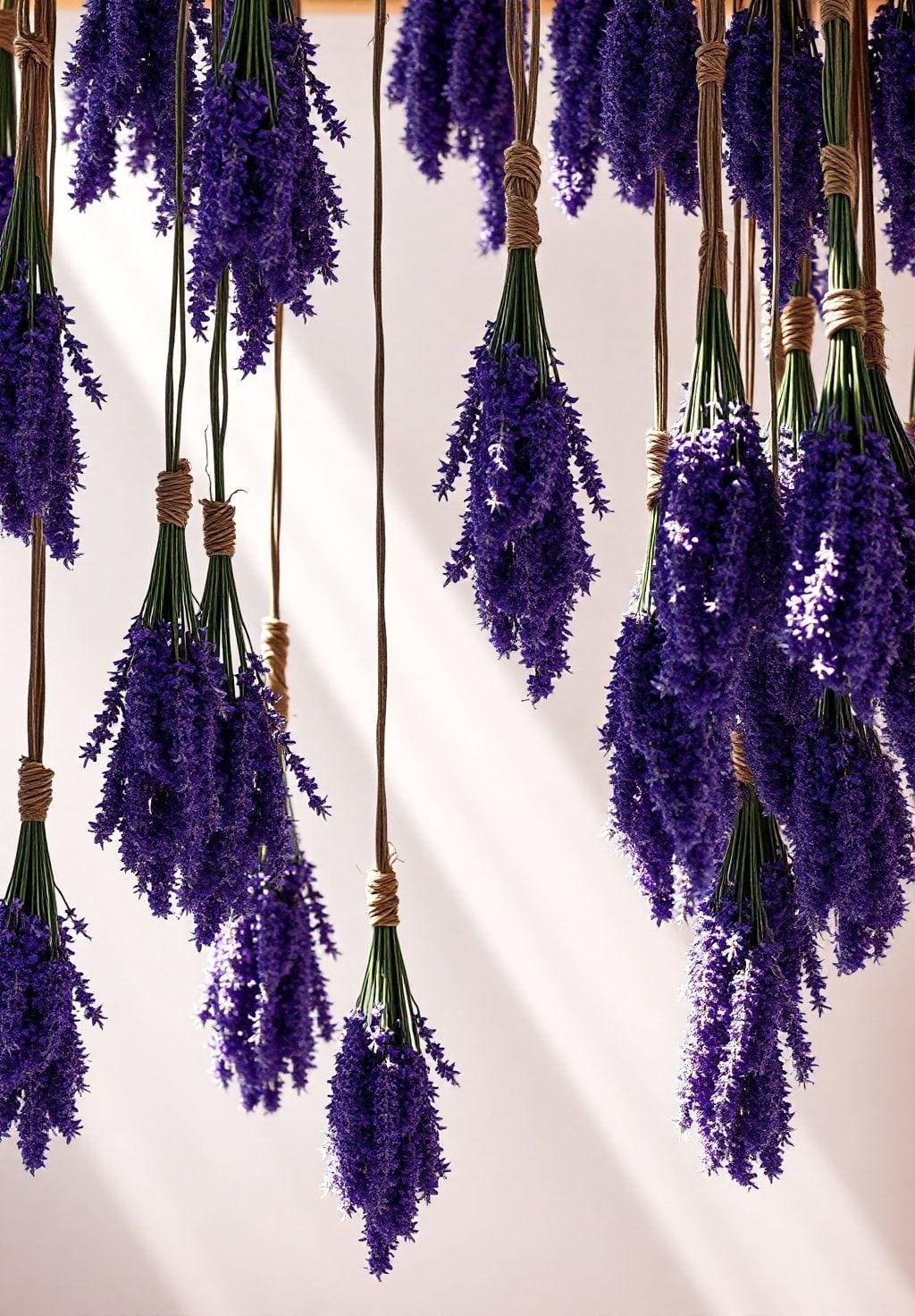
Proper drying is essential for preserving the color, fragrance, and essential oils of your harvested lavender. Create small bundles of 5-10 stems and tie them together securely with twine or rubber bands. Hang these bundles upside down in a cool, dark, and well-ventilated area, away from direct sunlight.
Ensure good air circulation to prevent mold and mildew growth. Avoid drying lavender in direct sunlight, as this can cause the flowers to fade and lose their fragrance. The drying process typically takes 2-3 weeks, depending on the humidity and temperature of your environment.
Proper Storage for Long-Lasting Fragrance
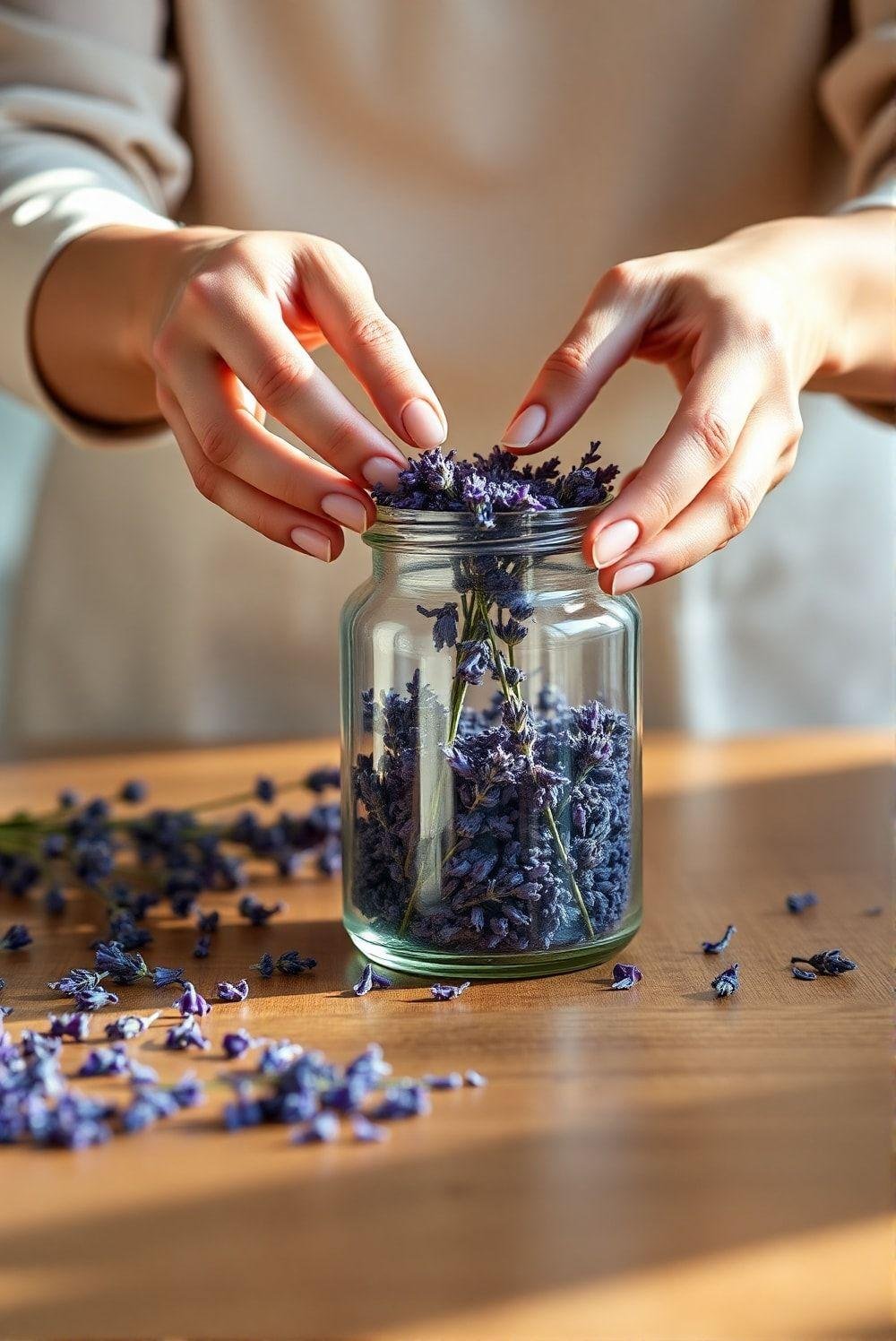
Once your lavender is completely dry, the stems will be brittle and the flowers will easily crumble. Store your dried lavender in airtight containers in a cool, dark, and dry place. This helps to preserve the fragrance and essential oils, preventing them from degrading over time.
Glass jars or airtight plastic bags are suitable for storing dried lavender. Avoid using containers that allow moisture to penetrate, as this could lead to mold growth. Properly stored, your dried lavender can retain its fragrance for up to a year.
Understanding Lavender Varieties for Optimized Harvesting

Different varieties of lavender have slightly different harvesting times and optimal methods. Research the specific variety you are growing to understand its unique needs and characteristics. This ensures you harvest at the perfect time for maximum fragrance and oil content.
Some varieties may bloom earlier or later than others. Some may be more suited to being harvested as whole stems, while others might yield better results when harvested as individual flower heads. Tailor your approach to the specific characteristics of your lavender.
Efficient Harvesting Techniques for Large-Scale Lavender Production
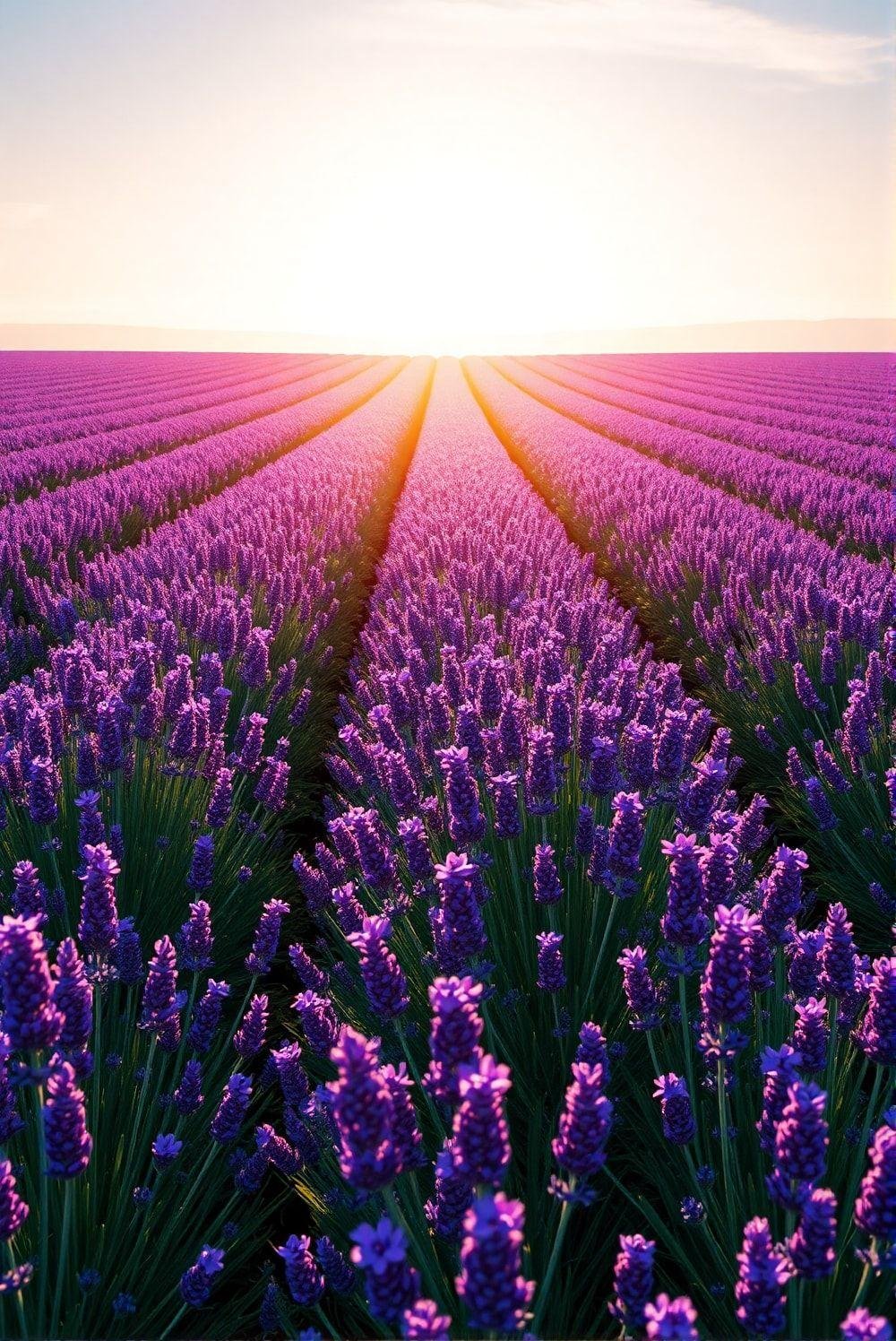
When harvesting from a large lavender field, plan your approach to ensure efficiency and minimize damage to the plants. Work systematically, moving row by row, to ensure even harvesting. Avoid trampling the plants, as this can damage them and reduce future yields.
Consider using tools designed for large-scale harvesting, such as a sickle or a small harvesting machine, to increase efficiency. Always prioritize the health and longevity of your plants, even when harvesting in bulk.
The Importance of Gentle Handling During Harvest
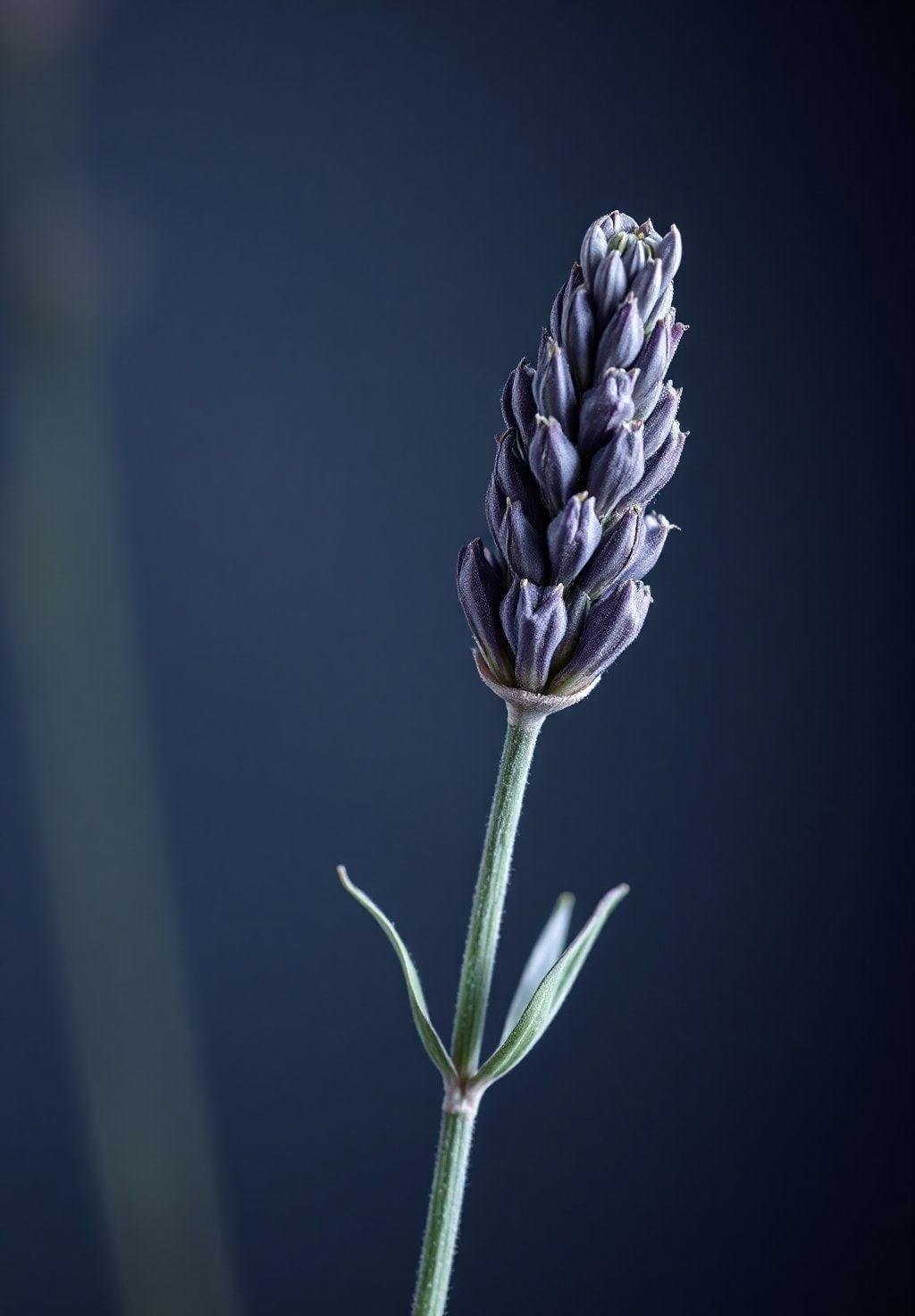
Lavender’s delicate nature requires careful handling. Avoid rough handling during harvesting, as this can bruise the flowers and diminish their fragrance. Work gently and meticulously to ensure the highest quality harvest.
Consider using gloves to protect your hands and avoid transferring oils or dirt to the flowers. Gentle handling ensures a cleaner and more fragrant product, suitable for a variety of uses.
Essential Tools for a Successful Lavender Harvest
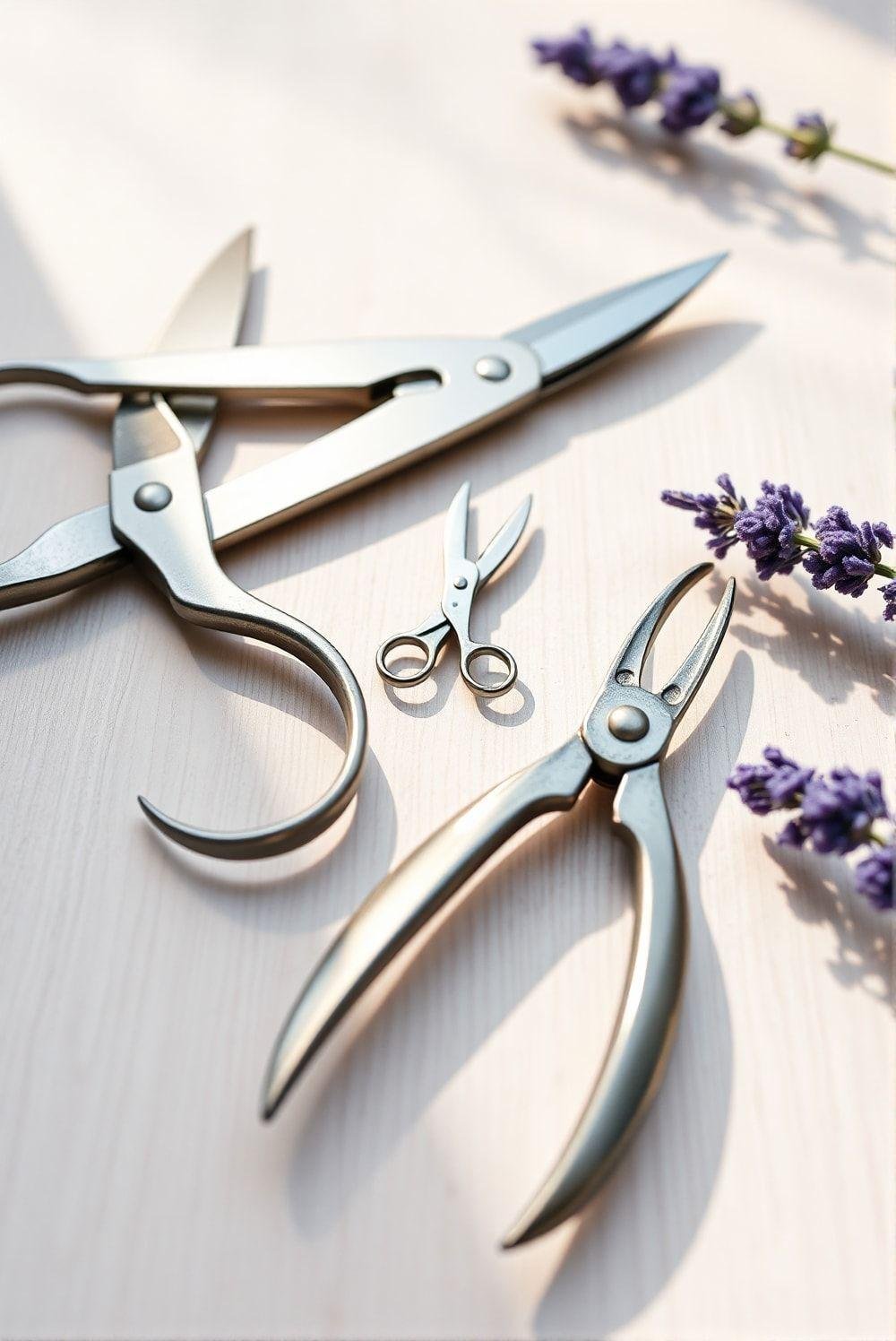
Having the right tools makes a significant difference in the efficiency and success of your lavender harvest. Sharp pruning shears or scissors are ideal for precise cutting, minimizing damage to the plant. For larger fields, a sickle or small harvesting machine can be more efficient.
Regularly clean and maintain your harvesting tools to ensure they are sharp and free from rust or debris. Clean tools minimize the risk of spreading diseases among your plants, ensuring a healthier and more productive harvest.
Planning and Organization for Efficient Harvesting

Planning is crucial for a successful lavender harvest, especially on a larger scale. Divide your field into sections and harvest them systematically to ensure even growth and prevent over-harvesting in one area. This approach promotes balanced growth and maximizes yields over time.
Consider creating a harvesting schedule to ensure you harvest each section at its optimal time. This approach is particularly important for fields with different lavender varieties that have varying bloom times.
Planning for Lavender’s Versatile Applications
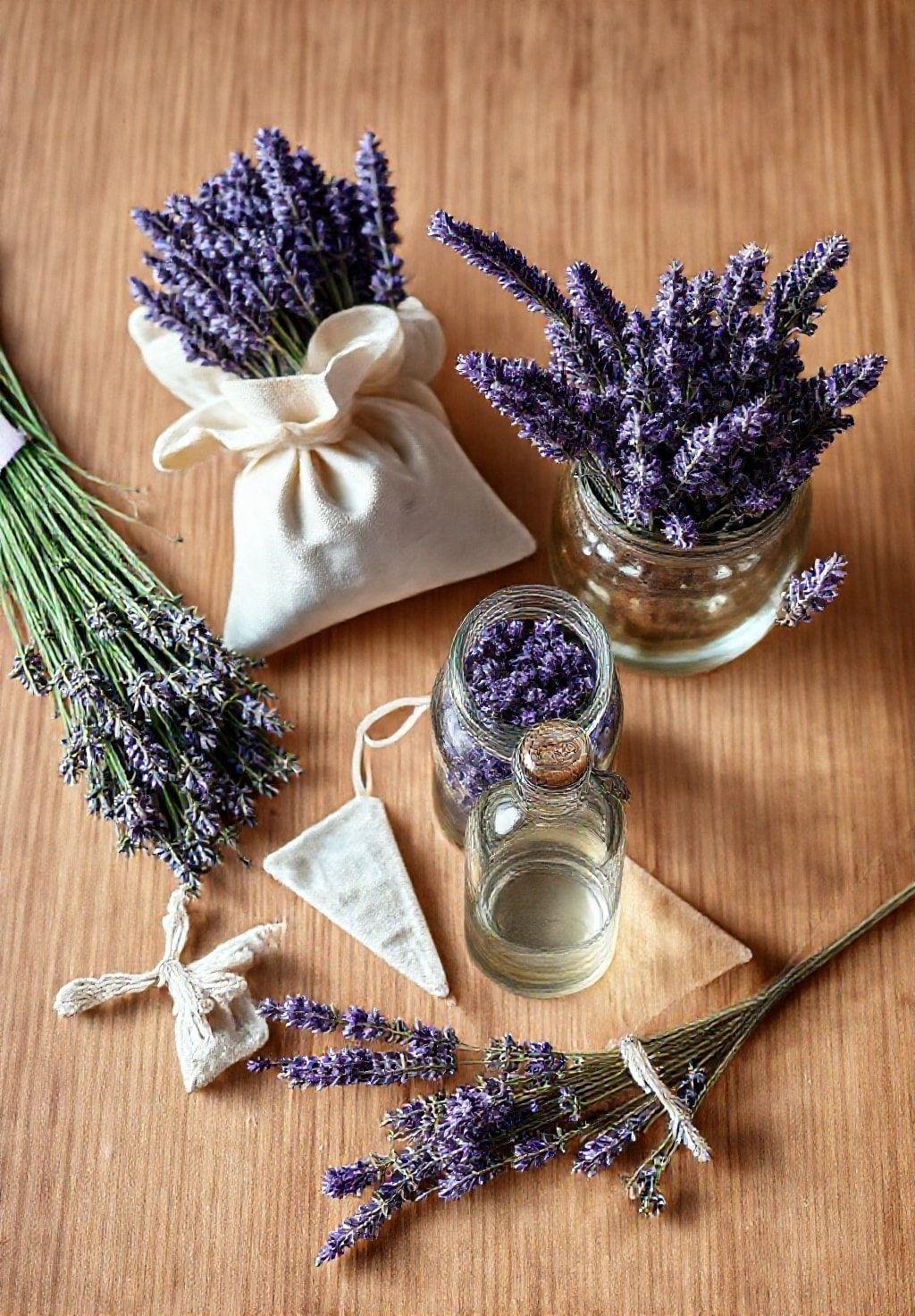
The uses of harvested lavender are numerous and varied. Consider the intended use of your harvest when deciding on the harvesting method (whole stems or flower heads). Different methods yield optimal results for different applications.
Lavender can be used to create fragrant bundles, sachets, potpourri, or even essential oils. Understanding the specific needs of each application will guide your harvesting choices and ensure a high-quality final product.
Sustainable Harvesting Practices for Long-Term Productivity
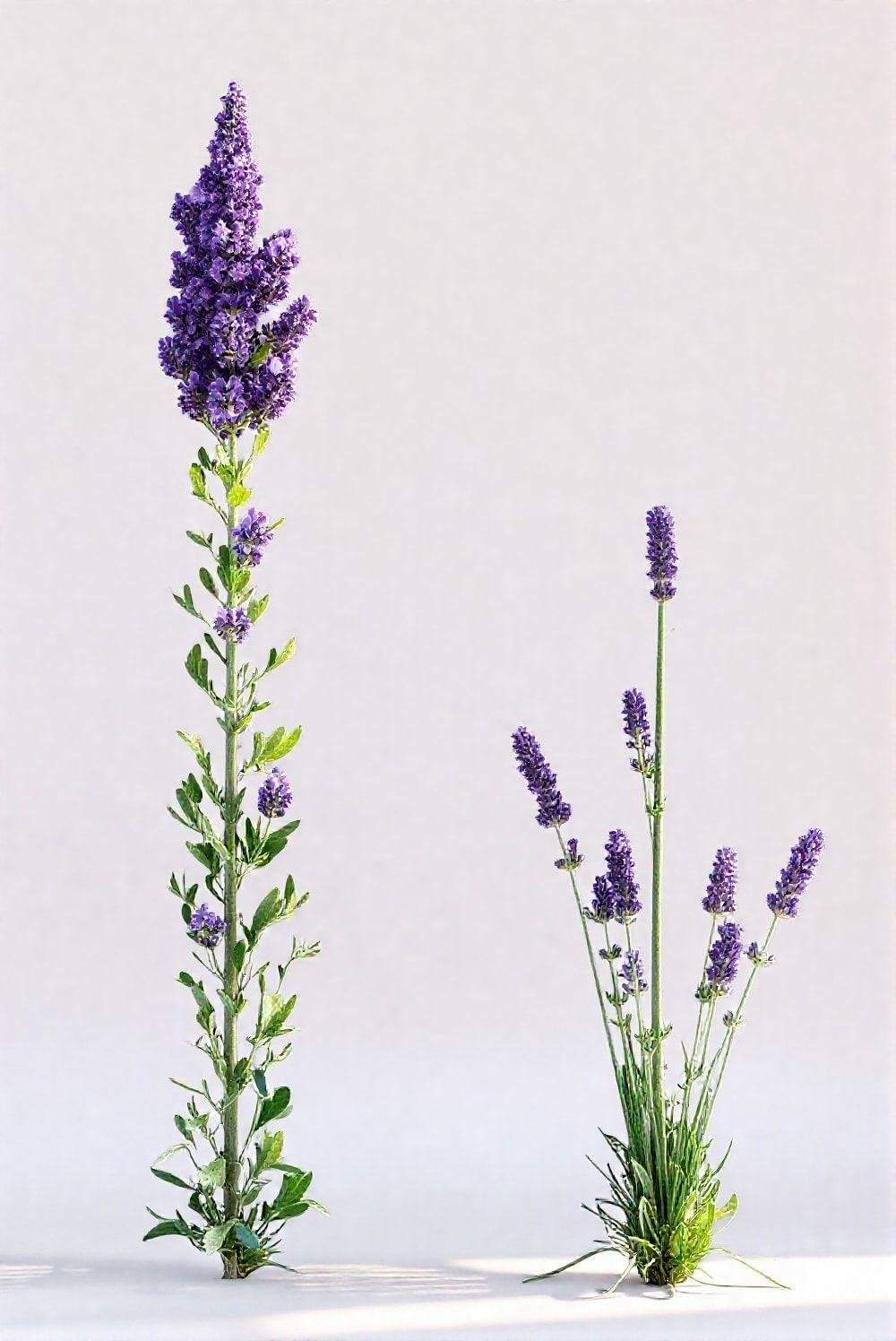
Harvesting only one-third of the plant’s height promotes healthy regrowth and prevents over-harvesting. This is crucial for the long-term health and productivity of your lavender plants. Over-harvesting can stress the plants and reduce future yields.
By consistently harvesting only a portion of the plant, you ensure it has enough energy to regenerate and produce an even more abundant harvest in subsequent years. This approach is vital for sustainable lavender cultivation.
Exploring Different Drying Methods for Lavender
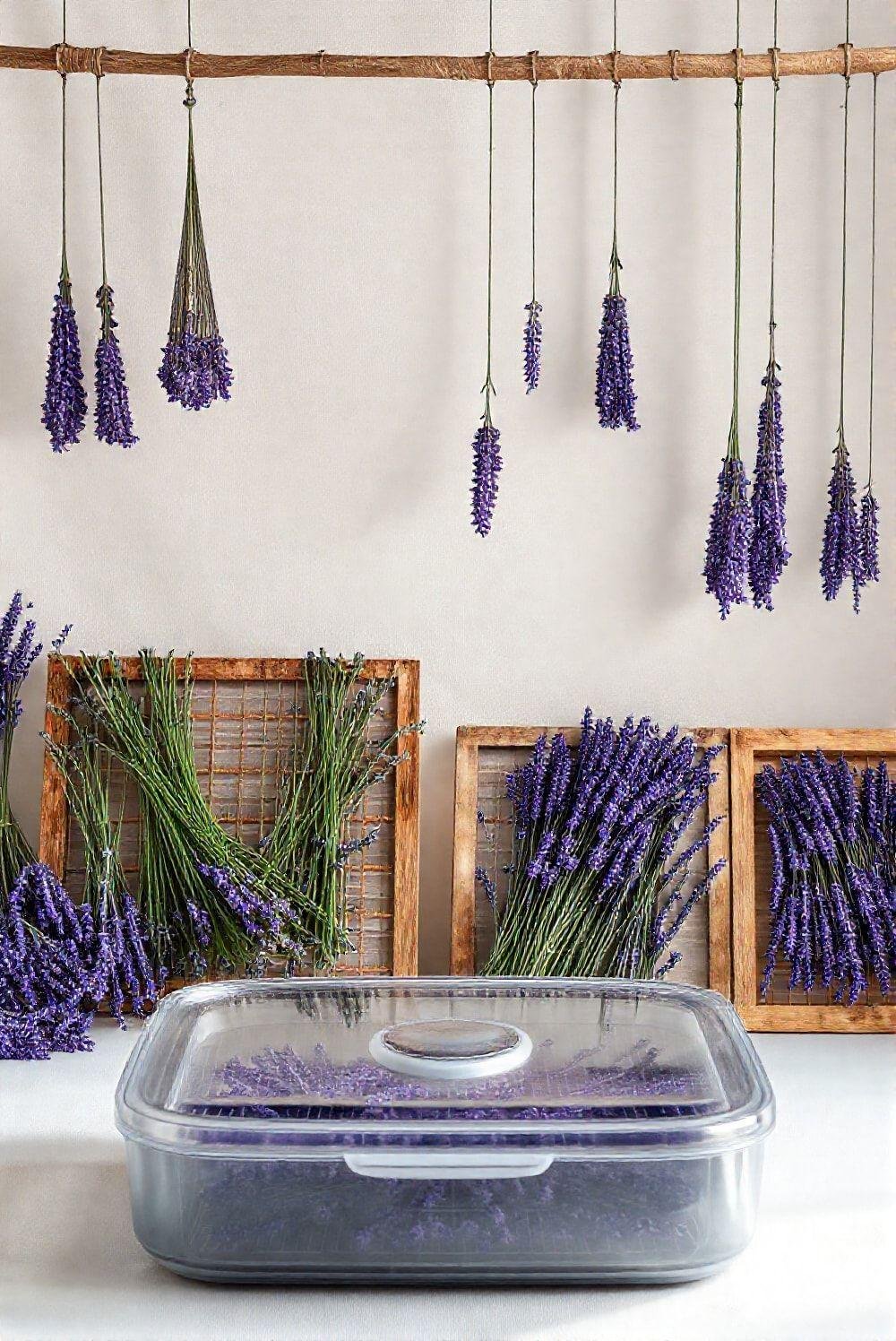
Different drying methods yield slightly different results, affecting the final quality and fragrance of your dried lavender. Experiment with various techniques to find the method that best suits your needs and preferences.
Air drying is a traditional and effective method, preserving the natural fragrance of the lavender. Dehydrators offer faster drying times but may slightly alter the aroma. Choose the method that best aligns with your desired outcome and available resources.
Maximizing Lavender’s Diverse Applications

The versatility of lavender extends beyond its visual appeal. Its calming fragrance and soothing properties make it a popular ingredient in various products, including bath products, teas, baked goods, and aromatherapy blends.
Consider the intended use of your lavender when deciding on the harvesting and drying methods. Different applications may require different processing techniques to achieve optimal results and maintain the desired qualities.
Avoiding Over-Harvesting: Protecting Your Lavender Plants
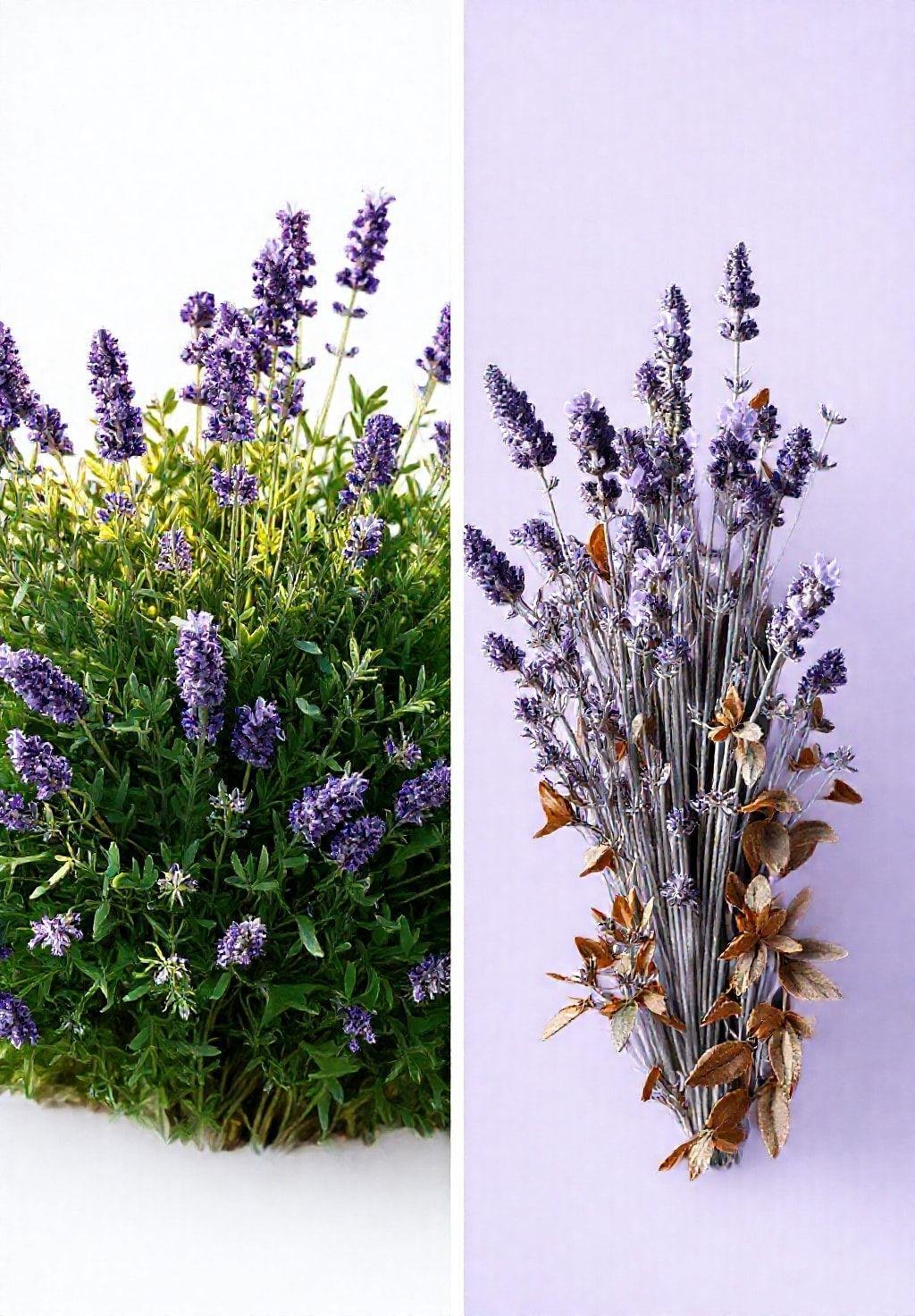
Over-harvesting can significantly impact the health and longevity of your lavender plants, leading to reduced yields and even plant death. Avoid removing more than one-third of the plant’s height during each harvest to ensure its health and promote future growth.
Observe your plants regularly to identify signs of stress or over-harvesting. If you notice any unhealthy symptoms, adjust your harvesting practices to ensure the well-being of your plants. Sustainable harvesting practices are key to maintaining a thriving lavender garden.
Mindful Harvesting: Respecting the Delicate Nature of Lavender
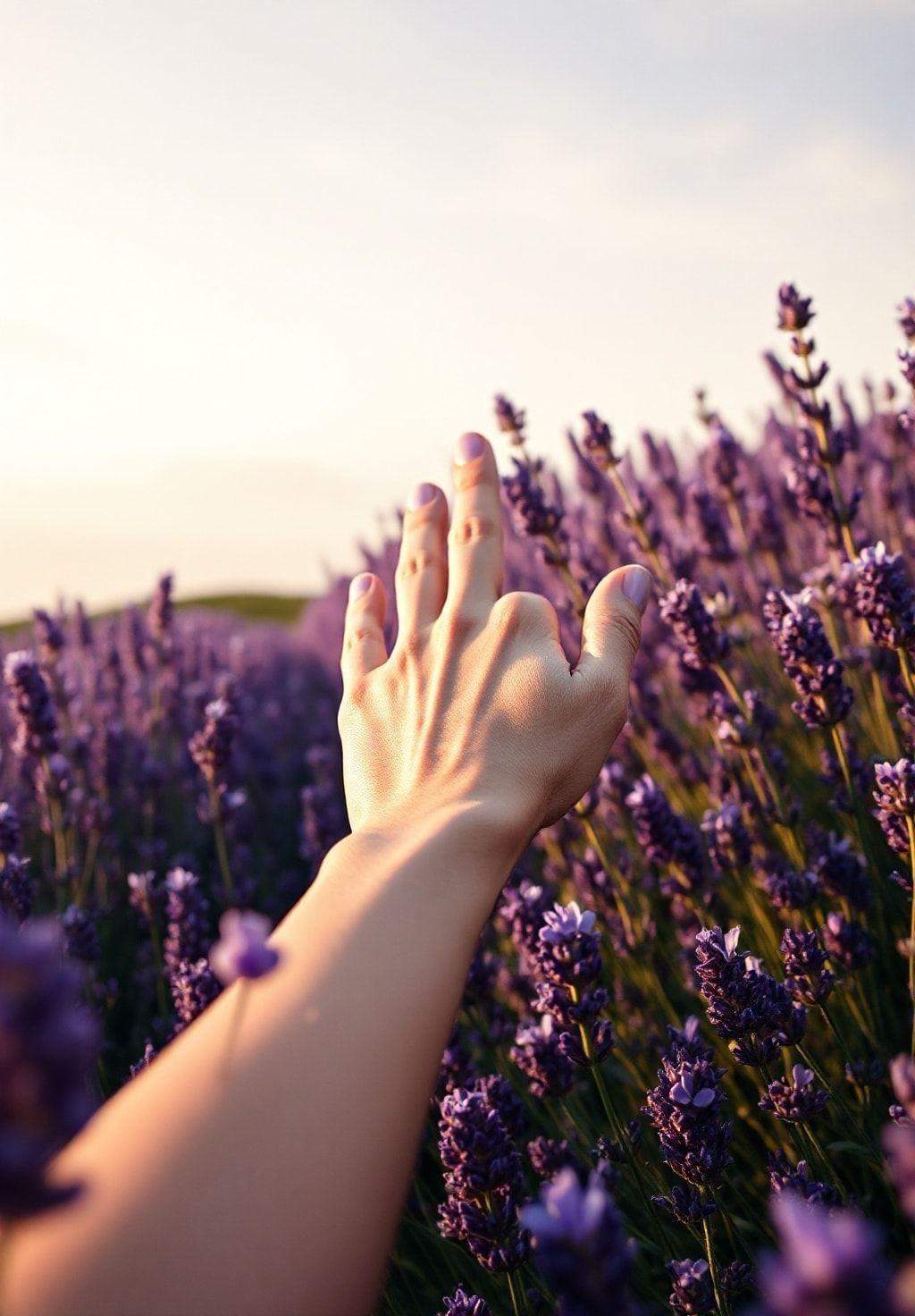
Before you begin harvesting, take a moment to appreciate the beauty and delicate nature of your lavender plants. Remember that you are working with living organisms that require careful handling and respect.
By approaching your harvest with a mindful and gentle touch, you can ensure the long-term health and productivity of your lavender plants while also enjoying the process of harvesting this beautiful and fragrant herb.
Harvesting for Quality: A Detailed Guide to Lavender
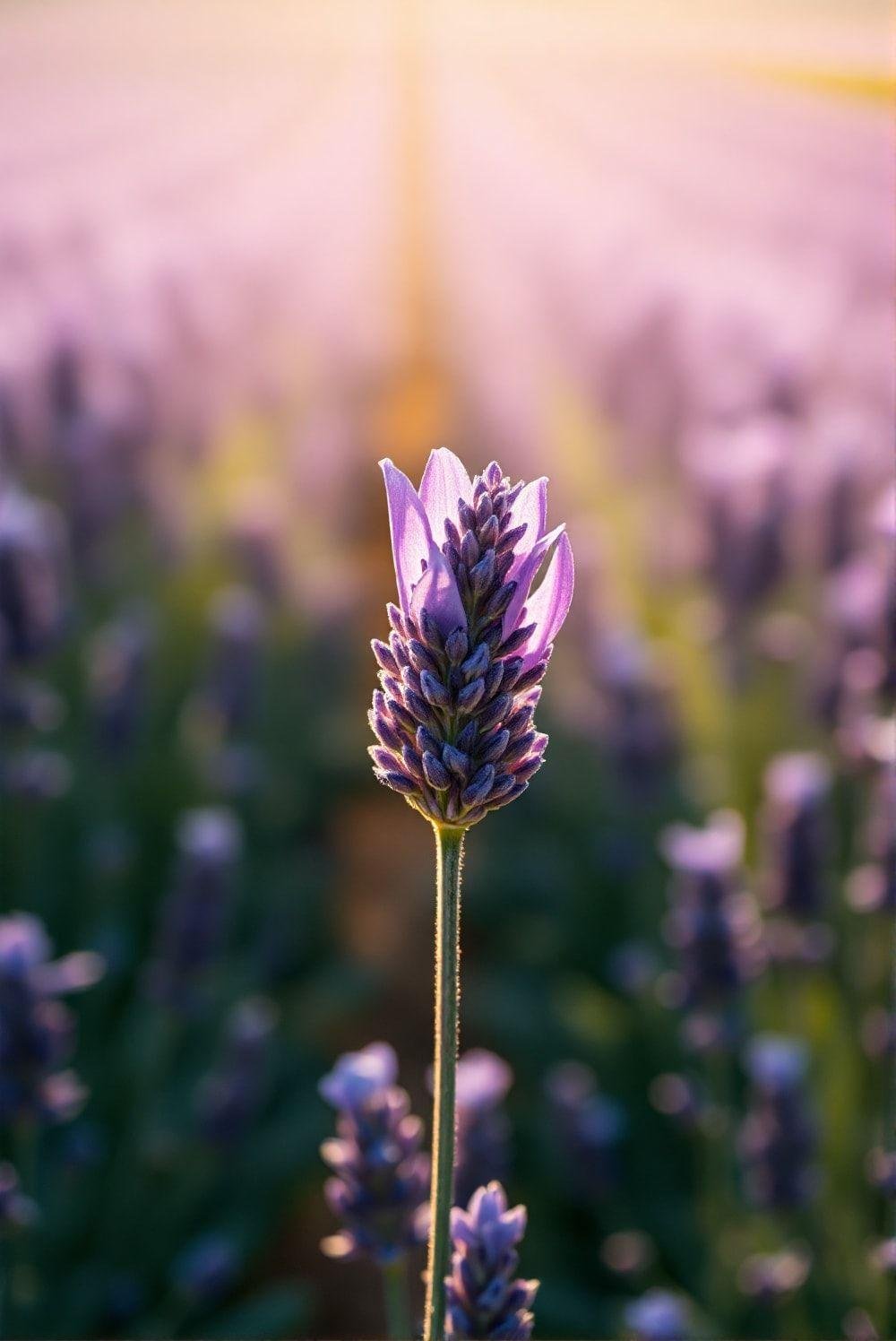
Lavender is a beautiful and fragrant herb that requires careful attention to detail when harvesting. Taking the time to harvest properly will ensure a high-quality product that you can enjoy for months to come, whether you’re using it for culinary purposes, aromatherapy, or crafting.
By following these tips and paying attention to the unique needs of your lavender plants, you can ensure a bountiful and fragrant harvest year after year. Remember that patience and gentle handling are key to success.

